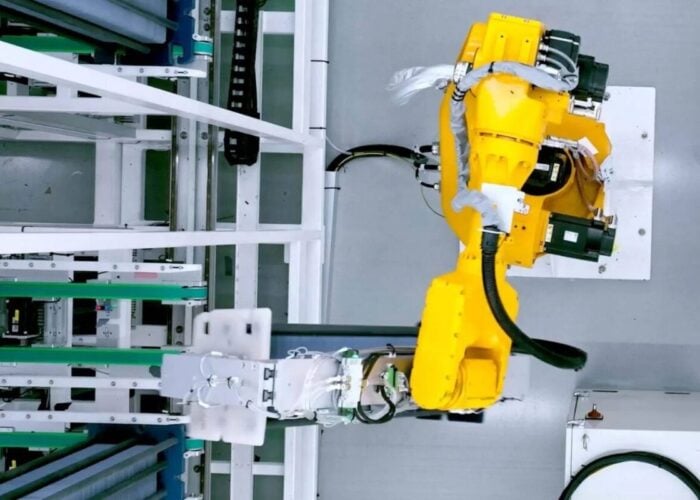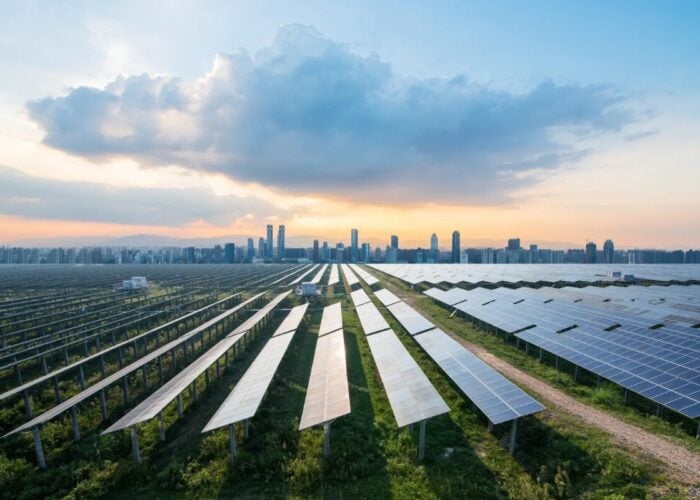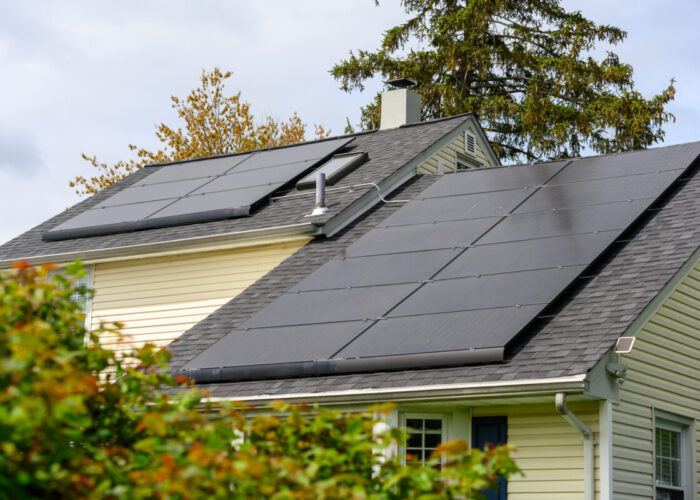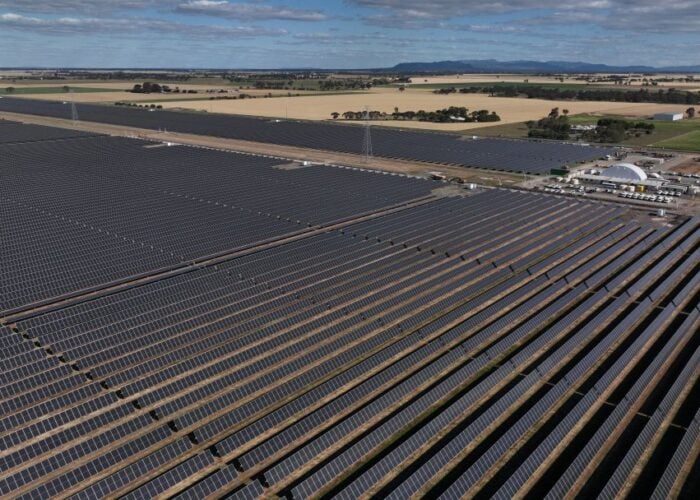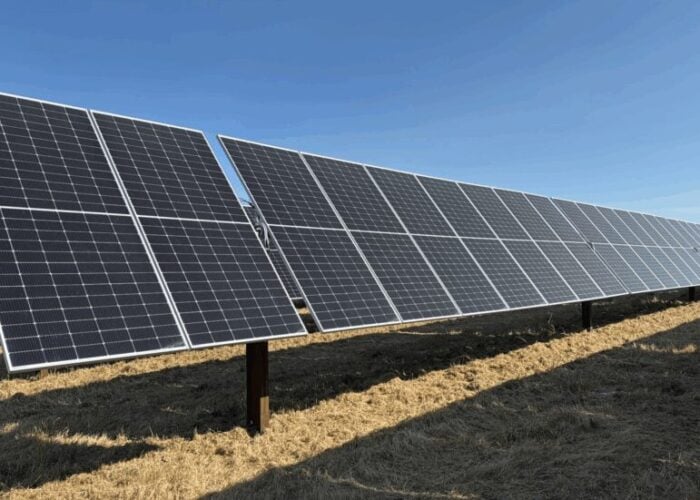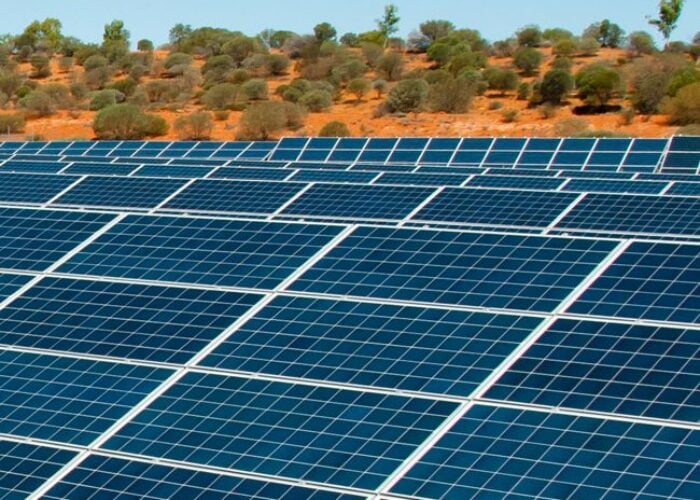A survey commissioned by National Semiconductor reveals that most solar PV systems installers believe there’s no such thing as an acceptable amount of shade on residential and commercial rooftop installations. In addition to the 54% of respondents sharing the no-shade stance, 41% of installers encounter shade when selling or installing a system; of those, 87% “frequently” or “always” design around shade; and another 28% “frequently” or “always” tell the owner that solar cannot be installed.
The telephone survey of 150 installers, conducted by Greenberg Quinlan Rosner Research, also found that installers often place smaller solar arrays in order to avoid shady sections of customers’ roofs. Roughly one-third of installers said designing around shading increases system costs, and many said they lose time doing so. Additionally, nearly half of all installers have seen solar arrays whose performance has been impaired by shading.
Try Premium for just $1
- Full premium access for the first month at only $1
- Converts to an annual rate after 30 days unless cancelled
- Cancel anytime during the trial period
Premium Benefits
- Expert industry analysis and interviews
- Digital access to PV Tech Power journal
- Exclusive event discounts
Or get the full Premium subscription right away
Or continue reading this article for free
Other results show that solar installers and integrators appear to be the principal victims of shade, since they frequently absorb the costs of shade rather than pass them on to the consumer. Issues for installers include increased installation time and costs, and losing many customers altogether after discovering during time-consuming site visits that their roofs are too shady.
Causes of shade include structural objects such as trees, chimneys and dormers, and intermittent debris including falling leaves, bird droppings, and dust. In the case of structural shade, even correctly installed solar systems can be partially blocked from the sun at certain times of the day or during certain days of the year.
National Semiconductor underwrote the survey in advance of the introduction later this spring of the company’s SolarMagic power optimizer technology. The energy management devices will enable installers and homeowners to recoup up to 50% of power losses associated with partial shading, placing PV systems on roofs previously regarded as receiving inadequate levels of sunlight to justify a solar array, according to the company.
“Power optimizers will make life easier for installers by giving them more flexibility in where they install solar systems,” said Ralf Muenster, director of National Semiconductor’s renewable energy key market segment. “SolarMagic technology will allow installers to live with shade in a way that previously has been impossible. It will dramatically increase the reliability and maximize the energy harvest of photovoltaic panels in imperfect real world conditions.”

